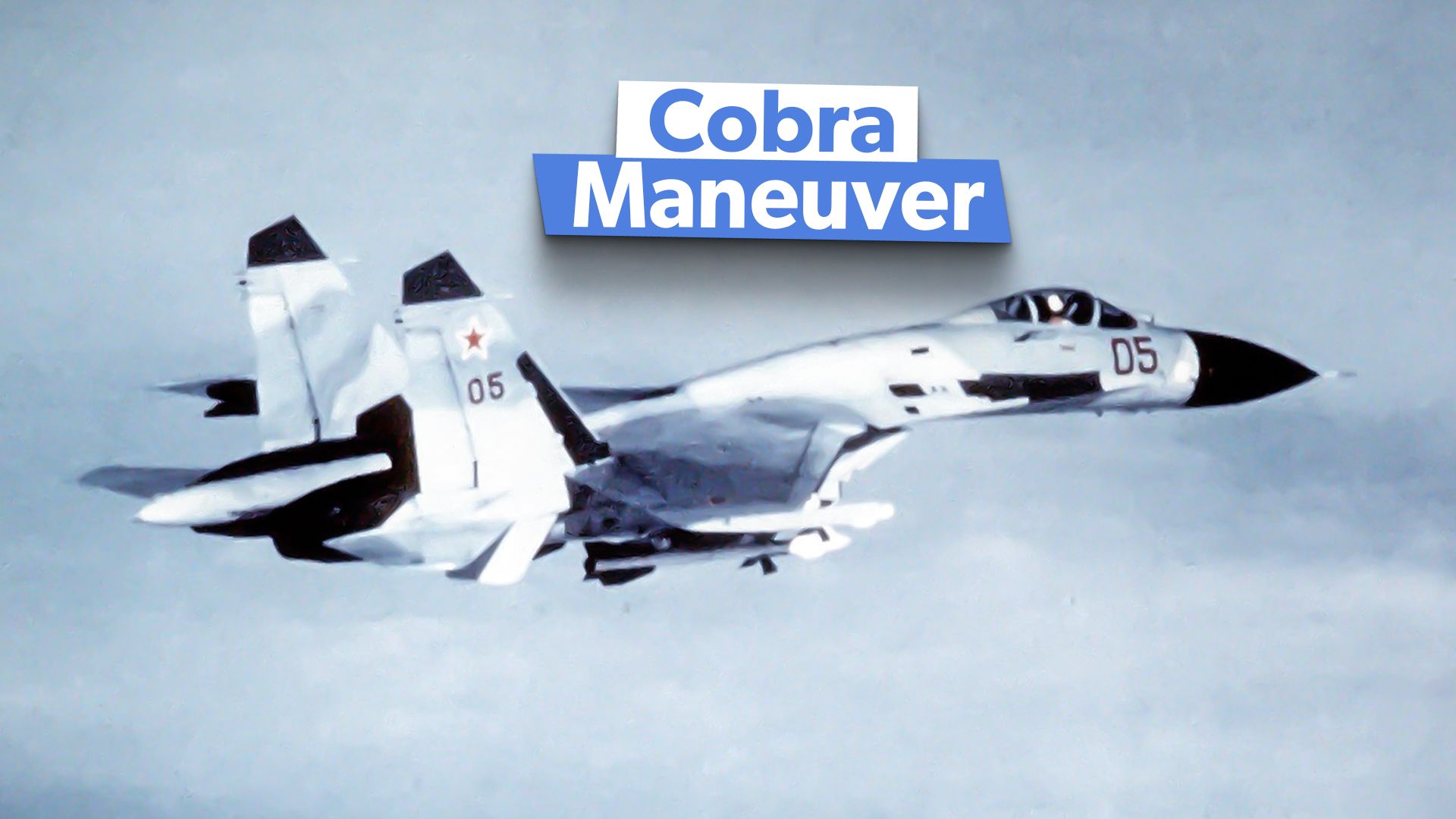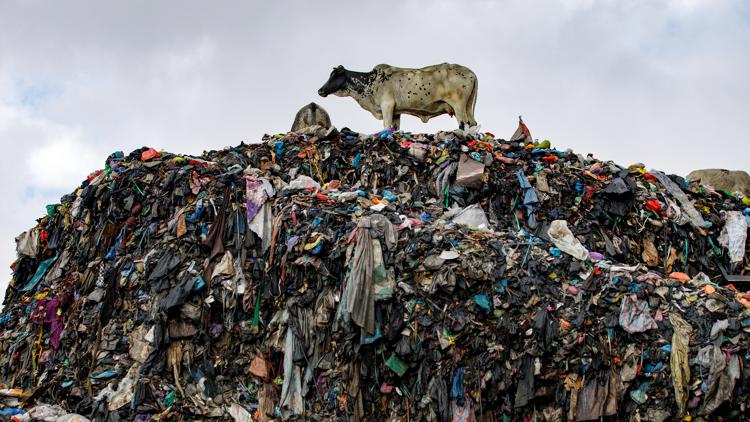The Cobra maneuver is an example of aerobatic supermaneuverability first pioneered by the Swedes with the Saab 35 Draken decades before the Soviets named it. The maneuver has become associated with Soviet and later Russian fighter jets (particularly the Su-27 Flanker family of fighter jets). While it is indisputably one of the most awe-inspiring fighter jet maneuvers to see , does it actually have any value in an air-to-air fight? Origin of the Cobra maneuver The Cobra maneuver is a dramatic fighter jet maneuver in which the jet abruptly raises its nose and momentarily stalls the aircraft with an extremely high angle of attack, causing a full-body brake.
The fighter jet then pitches back down to its normal position without gaining altitude. The Swedish Saab 35 Draken (designed as an interceptor-fighter) was the first known aircraft to perform the Cobra maneuver. It first flew in 1955, and its unconventional wing design enabled it to become the first known aircraft to perform the maneuver long before the Soviets popularized it in 1989.
The Swedes called it kort parade (or short parry) after the fencing maneuver. It also seems that Syrian pilots performed it in their MiG-21s before 1989. Swedish Saab 35 Draken - pioneer of the Cobra maneuver: Role: Fighter-interceptor Number built: 651 Status: Retired First flew: 1955 Manufacturer: Svenska Aeroplan AB (SAAB) The Soviets catapulted the maneuver to fame in 1989 when Viktor Pugachev became the first to publicly demonstrate it in t.


















